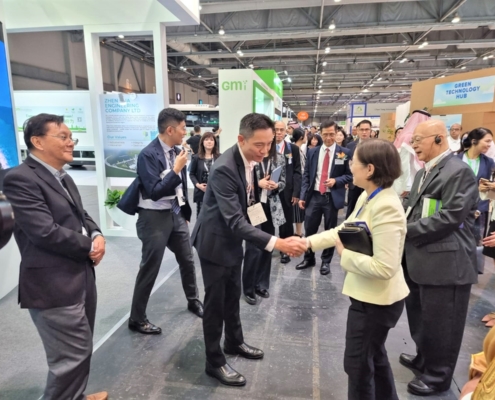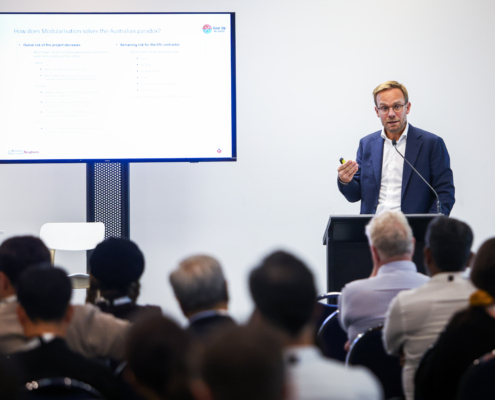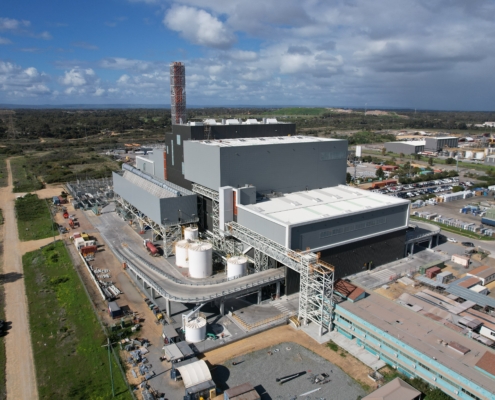 https://www.keppelseghersbelgium.com/wp-content/uploads/2024/11/IMG_3771.jpg
1200
1600
KSBE_admin
https://www.keppelseghersbelgium.com/wp-content/uploads/2024/04/Keppel-Seghers1.png
KSBE_admin2024-11-14 15:41:372025-05-28 11:52:34Keppel Seghers at Hong Kong Eco Expo 2024
https://www.keppelseghersbelgium.com/wp-content/uploads/2024/11/IMG_3771.jpg
1200
1600
KSBE_admin
https://www.keppelseghersbelgium.com/wp-content/uploads/2024/04/Keppel-Seghers1.png
KSBE_admin2024-11-14 15:41:372025-05-28 11:52:34Keppel Seghers at Hong Kong Eco Expo 2024Transforming crisis into opportunity: How the Ukraine conflict catalysed innovation in Waste-to-Energy
We all know that one of the tangible consequences of the Ukraine conflict is the unprecedented energy inflation, due to the rapid decrease of Russian fossil fuel imports in Europe. Other raw material imports from Russia are also affected. Interestingly, this has had some unexpected indirect consequences on the Waste to Energy sector.
1. Acceleration of the transition to partially renewable energy
One of the focuses of the recent European REPowerEU Plan is the accelerated rollout of renewable energy. Here, it is more the European determination to phase out its
dependency on Russian fossil fuels than the ambition to become carbon neutral that has driven the boost in renewable energy development. The result achieves two objectives simultaneously: a faster decarbonisation of our energy landscape.
Most European countries lack fossil fuel energy sources. However, there is a fuel, called residual waste, which is produced locally. Thermal valorisation through Waste to Energy processes can contribute to a country’s energy needs and is considered 50% renewable (from the 50% biogenic portion of residual waste).
Currently, European Waste to Energy facilities generate electricity for about 20 million people and heat for approximately 17 million citizens. In 2012, this offset 13.8 million m³ of natural gas, which corresponds to 9% of the Russian gas imports.
By 2025, if 90% of European residual waste from domestic and commercial sources were diverted from landfills and either recycled or treated in Waste to Energy plants—as prescribed in the European Circular Economy Package—this could replace 19.4 million m³ of imported gas, representing 12.7% of pre-war Russian gas imports.
2. Improving the circular economy
Another consequence of the Russian invasion is a shift towards protectionist behaviour, aiming to reduce dependency on Russian raw materials and products like iron, aluminum, or fertilisers. Between February 2022 and September 2022, the value of EU imports from Russia fell by 31%.
The circular economy inherently focuses on maximising resource reuse and minimising the need for new resource imports. Waste to energy contributes to this by:
-
Providing a hygienic service to the community by treating non-recyclable combustible waste and pollutants, which would otherwise end up in landfills
-
Offering secondary raw materials from incineration residues, known as material recovery, including aggregates, minerals, ferrous (steel and iron), and non-ferrous metals (copper, aluminum, zinc), and even precious metals like silver and gold. For example, Waste-to-Energy plants in Europe could potentially recover almost 1.2 million tonnes of iron (equivalent to building 164 Eiffel Towers) and about 250,000 tonnes of aluminum per year—the latter being the amount used in approximately 8 billion smartphones. Aluminum recovery from bottom ash could replace 11% of European imports from Russia, while iron recovery represents 27% of all European iron imports. Additionally, the recovery of heavier and more precious metals (copper, zinc, silver, gold, etc.) is also feasible
-
Capturing emitted carbon through carbon capture technologies and producing further products and fuels from the captured carbon



